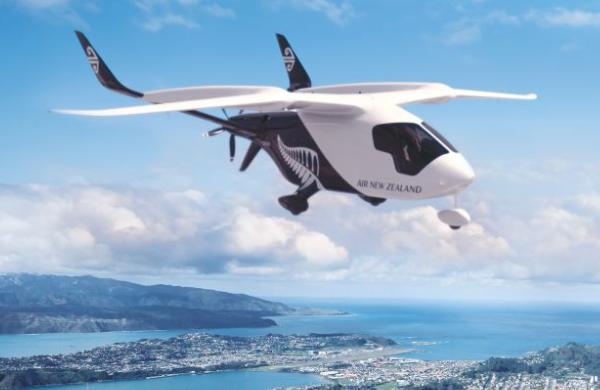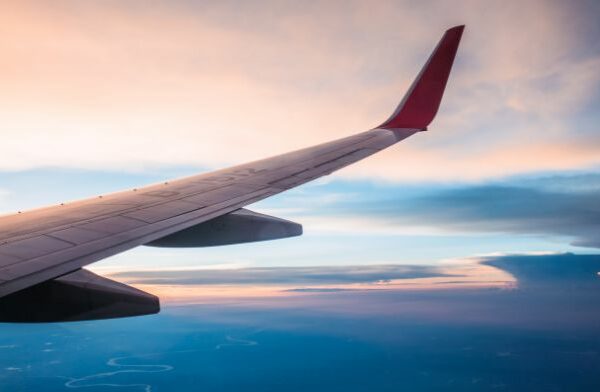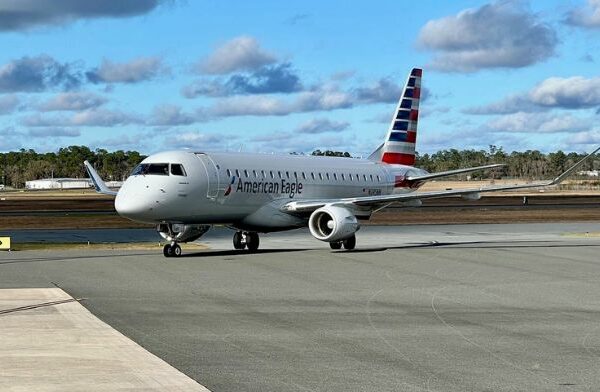At the Farnborough Sustainable Skies World Summit 2023 [17-18 April 2023], aviation industry experts came together to discuss how the UK industry could improve its sustainability efforts to meet those all-important 2050 net-zero targets. The conclusions from each of these panels largely boiled down to one specific term: pace.
Whilst the previous summit discussed how and if the industry could attempt to answer this challenge, the question now pivoted to when such change would truly take hold, looking at topics such as funding, government policies, and future-flight technology certifications.
One key focus from panellists looked at the production and distribution of Sustainable Aviation Fuel (SAF) in the UK.
In June 2022, a commitment was made by the UK government to kickstart a domestic SAF industry and build five SAF plants by 2025 as a core part of its wider Jet-Zero strategy. The SAF mandate attached to this stipulated that at least 10% of jet fuel would be made from sustainable sources by 2030.
“The commitment to production has not been matched versus the drive for demand,” said Willie Walsh, Director General, IATA. “But it is possible we will hit 10%? We may miss or exceed it slightly. We’ve got to be confident we can achieve this, I’m getting more confident every day,” he added.
An updated road to net-zero
At the start of the event on 17 April also came the unveiling of an updated net-zero roadmap in the UK by Sustainable Aviation – a collection of UK airlines and airports – by the Director of Sustainability at Heathrow, Matthew Gorman.
Future technologies such as hydrogen-powered aircraft now make up part of the updated roadmap, accounting for 16% of how the UK will reach net-zero emissions. However, this technology is still very much in development.
easyJet’s Senior Sustainability Manager, Lahiru Ranasinghe, said: “For us to go from a fascinating to a useful technology, we need to achieve scale, and this needs to be done fast.”
Airbus’s Head of R&T, Mark Bentall, agreed: “It’s all about maturing the technologies we need. The more efficient we can make an aircraft, whether this is from the airframes, wing or propulsion side, we need to secure these technologies by the end of 2030, and this needs to be de-risked.”
Here Sir Stephen Hillier, the UK Civil Aviation Authority’s (CAA) Chair, shot down the idea that its priority on safety meant that it would be slow to approve such new technologies. “Whilst the CAA ensures the safety of those who fly, it’s not incompatible with how new technologies are developed. […] the quicker you can give us supporting data and evidence, the quicker we can make decisions,” he said.
Policy-making plateau
Finally, the discussion landed on policy-making, where comment was made on the US’s progress with SAF, which puts it well past the UK in this area with its August 2022 inflation reduction act, a $500 billion act in tax breaks and spending that aims to boost clean energy costs.
By comparison, the UK Transport Secretary, Mark Harper, in his address to the delegates at the event, said that if required, a governmental consultation to bring up the discussion that the industry must move at pace would be raised this summer – a few months from now.
At present, the government has only committed £165 million put towards an advanced fuel fund for SAF production. But many experts said this was not enough, and that more would be needed to achieve the 2030 goal of 10%.
Matt Gorman, Director of Sustainability at Heathrow, commented: “This opportunity to establish Britain as a leader in sustainable aviation is at risk without urgent action by the government.” Action that includes the work to establish a mandate for SAF and mechanisms to encourage investment.
Is 2050 enough?
Despite this discussion of pace in the move towards zero emissions in 2050, some industry experts also called for 2030 and 2035 targets to incentivise the industry to move forward towards its net-zero goals quicker.
“We need more urgency from government and industry. We’ve spoken of 2050 goals, but we need 2030 goals or 2035 goals, especially from the infrastructure side,” said David Hyde, Alternative Propulsion and AAM Lead, Word Economic Forum.
IATA’s Willie Walsh also added: “Having 2050 goals was a good start, and it wasn’t without difficulty getting the industry there because of the financial impacts. The next thing will be milestones along the way, and various pathways that show the industry is still on track.”
According to Laia Barbara, Industry Decarbonization Lead for Aviation for the World Economic Forum, the next 24 months will be critical for funding and investment decisions when it comes to SAF in order to reach adequate plant numbers to achieve scale.
But here, the speakers also urged caution.
“We need to explore everything,” added Luis Gallego, CEO of IAG. “There is no one single roadmap. The carrot is much better than the stick, and we need to incentivise.”
One final sobering comment was made by Isaiah Cox, WheelTug’s CEO.
“If you’re willing to kill people, you can move a lot faster. Cars can, aircraft do not,” he remarked.
A pertinent thought and one to ponder about the UK’s pace in the race towards net-zero as the Sustainable Skies World Summit 2023, organised by Farnborough International, draws to a close.










